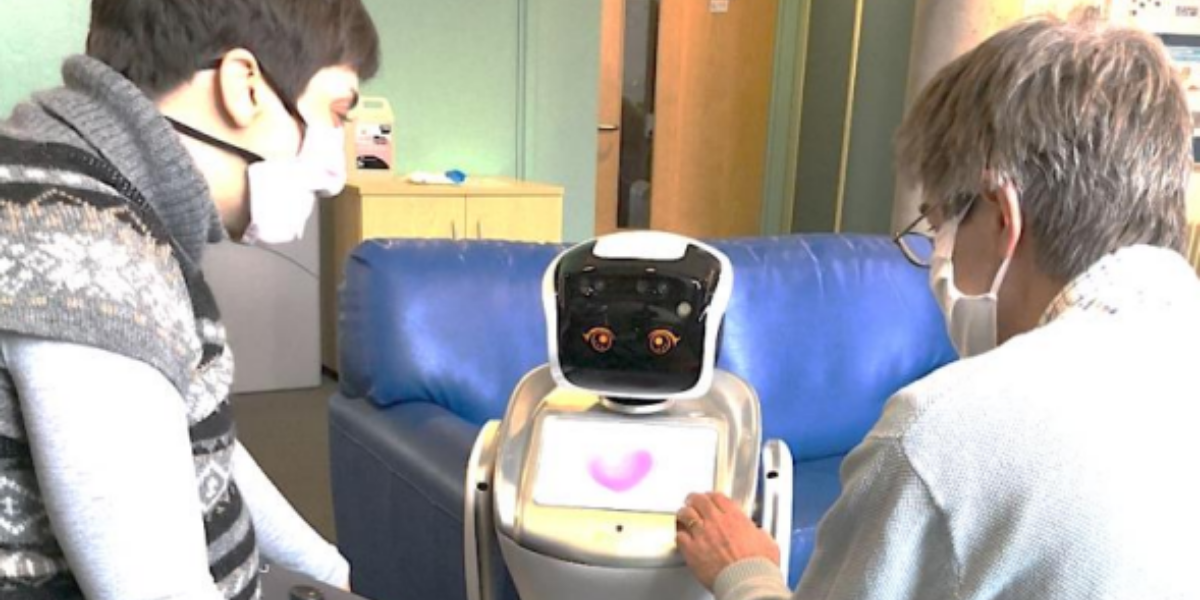This case-study is drawn from a proposed A&E triage AI-enabled system - the Diagnostic AI System for Robot-Assisted ED Triage (or ‘DAISY’).
DAISY is a semi-autonomous, sociotechnical AI-supported system that directs patients through an A&E triage pathway. DAISY will capture data by enabling a patient to input subjective information - about themselves and their condition - and will support the patient in using wirelessly connected medical devices to capture and record objective data - such as, blood pressure, pulse rate, temperature, and so on. Following data collection, patients will then be guided back to a waiting area. DAISY will utilise a complex, rule-based, ‘dAvInci’ (or Diagnostic Algorithm for Intelligent Clinical Intervention) algorithm developed by acute-care clinicians to link patient characteristics, demographics, and symptoms, viewed through the patient’s objective vital signs, to possible clinical states, urgency, and early treatment options. The algorithm will return a detailed report that contains a set of possible early diagnoses, as well as suggested continued investigations, based on the objective and subjective data. These preliminary findings are approved, amended, or rejected by the clinician to facilitate the early stages of triage. An assessment with appropriate advisory information regarding a preliminary diagnosis and treatment plan is then produced which the clinician reviews and discusses with the patient.
Once operational, DAISY will expedite and direct the triage process by better facilitating patient observations and providing clinicians with a preliminary patient report. The DAISY system identifies potential patient maladies and suggests further investigations and patient referrals. The system returns possible or suggested output given the patient data. Considering these as logical statements enables each of the information types (demographic, anatomic, subjective, and objective) to be considered in parallel for efficient rule checking for maladies, such that the intersections of the resultant data type rules are possibilities.
While these potential diagnoses are useful for identifying additional tests or providing potential avenues for additional investigation, the benefit of the DAISY system is in the rapid categorisation of patients by severity, identification, and escalation of the critically unwell patients - and the generation of medically approved investigation plans. Clinical personnel can thereby streamline the early elements of the process to allow for additional treatment time and more effective resource management in critical cases. DAISY is not intended to triage patients at the highest tier of triage illness – that is, those considered to be in need of immediate life-saving intervention.

